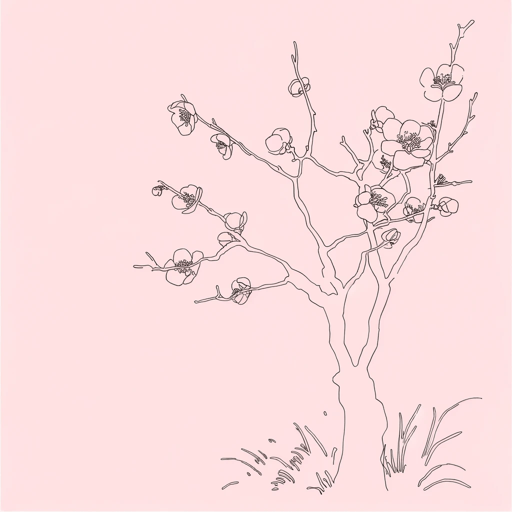29 pages • 58 minutes read
John GalsworthyThe Japanese Quince
Fiction | Short Story | Adult | Published in 1910A modern alternative to SparkNotes and CliffsNotes, SuperSummary offers high-quality Study Guides with detailed chapter summaries and analysis of major themes, characters, and more.
Story Analysis
Analysis: “The Japanese Quince”
Very little seems to happen in “The Japanese Quince”: A middle-aged man takes a stroll around a garden, encounters a flowering tree and a neighbor, and then returns home. In reality, the story says much by saying little. What the story does not say is equally important as what it does say. The third-person narrator never reveals the cause of Nilson’s physical discomfort nor does he reveal much about his family. Nilson is depicted as a conventional-bound person strikingly in contrast with the colorful, dynamic tree and its melodious songbird. The nondescript life of Nilson stands in stark relief against the intense presence of the tree and bird.
Nilson’s physical discomfort is introduced in the opening paragraph, and it is referenced as a recurring motif throughout the story. Though his condition is never diagnosed, the location of the pain (“a faint aching just above his heart,” Paragraph 5) suggests that this is as much a spiritual as a physical condition. Nilson initially finds “a reassuring appearance of good health” (Paragraph 2) when he looks in the mirror, but this is perhaps a false reassurance in light of the “feeling of emptiness just under his fifth rib” (Paragraph 1). The careful phrasing suggests that Nilson may be in “good health” physically but he is unwell emotionally.

